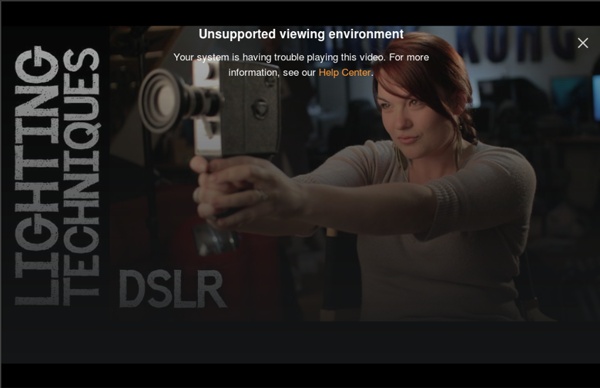



11 Frequently Asked Questions about After Effects People love After Effects and for the most part After Effects loves you back. But sometimes you just want to throw it out of the window because you can't understand why something is not working the way you were hoping. In this week's article, Topher attempts to answer some of the more frequent questions that appear in forums and comments. Hounding forums here and there, I find myself answering and reanswering the same questions over an over again. Things that are so basic, yet most people can't figure them out because they aren't obvious or the answer isn't spelled out for them. Previewing Audio In After EffectsThere are three ways to RAM Preview in After Effects.
Type of Shots | Directing Movies Different Sizes of Shots- One of the major distinctions among types of shots is the shot size. The shot size identifies how large and area will be visible within the frame. Among the following common shot sizes the distance between the camera and subject varies. Types of Shots Extreme wide shot (EWS) shows a broad view of the surroundings around the character and coveys scale, distance, and geographic location.Wide shot (WS) shows an entire character from head to toe.Medium wide shot (MWS) shows a character usually cut off across the legs above or below the knees. Shots with different camera angles. Horizontal camera angles. Types of Horizontal Camera Angles Vertical camera angles Moving the camera around the subject vertically while aiming at the subject creats different camera angles Types of Vertical Camera Angles High angle The camera is placed above eye level, looking downward. POV Shots In a point of view (POV) shot, the camera is placed at the eye position of a character. Dolly vs.
Cinematic techniques Basic definitions of terms[edit] Aerial shot: A shot taken from a plane, helicopter or a person on top of a building. Not necessarily a moving shot. Backlighting: The main source of light is behind the subject, silhouetting it, and directed toward the camera. Bridging shot: A shot used to cover a jump in time or place or other discontinuity. Camera angle: The angle at which the camera is pointed at the subject: Low High Tilt. Cut: The splicing of two shots together. Cross-cutting: Cutting between different sets of action that can be occurring simultaneously or at different times, (this term is used synonymously but somewhat incorrectly with parallel editing.) Continuity cuts: These are cuts that take us seamlessly and logically from one sequence or scene to another. Deep focus: A technique in which objects very near the camera as well as those far away are in focus at the same time. Dolly: A set of wheels and a platform upon which the camera can be mounted to give it mobility. Sound[edit]
Blogger: Using Video on Your Blog Overview of Blogger: Blogger is a helpful blogging tool powered by Google. If you already have a Gmail account, chances are you've spotted blogger in the toolbar before, and, you won't even need to make a new account to get started. File Formats and Sizes: Blogger isn't upfront about the file formats it supports, or the file size limits it allows for video uploads. Preparing to Upload Your Video: To prepare your video to be posted to Blogger, you'll need to compress it so that you achieve the highest quality with the smallest file size possible. Posting Video with Blogger: To post your video to Blogger, simply log in to your Google account and hit the 'post' button, which looks like an orange marker. There are several options for putting video on your Blogger site. If you've already posted a video to YouTube, you can post the video to Blogger by embedding it on your blog. Posting Videos With Android and iPhone: Blogger offers a simple layout and flexible settings for posting video.